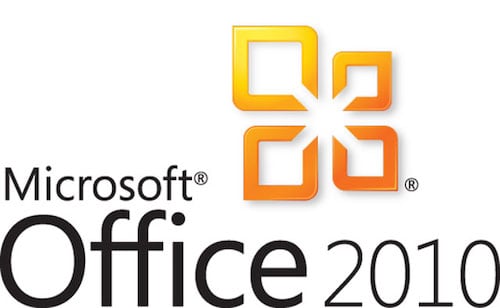
Microsoft Office, the most popular productivity tool in the history of computing, celebrates 25 years of service to users around the world, after the arrival of its first commercial release in stores August 1989. Today, Office 365 provides cloud services at a very low cost and has become the top seller since its launch due to its mobility and collaboration capabilities in the cloud.
“Office 365 has been, without doubt, a complete reimagining of productivity, facilitating the needs of current users both from a consumer perspective, as well as in a business atmosphere. It has been a complete cultural transformation of the ways in which we work, study and communicate,” said Frances Correia, country manager, Microsoft Trinidad & Tobago, Eastern & Southern Caribbean, LATAM New Markets.
Office 365 features the latest technology of Office as a cloud service, which is updated in real time and provides access to email, sharing of documents, collaboration on group projects and use of Yammer, the corporate social network, from any Microsoft device.
The impact of Office and Office 365 can be seen here in Trinidad and Tobago, as companies of all sizes are choosing Office 365 to give their teams the necessary tools to be more productive no matter where they are located. This is evident with ANSA McAL Group, one of the largest conglomerates in the Caribbean and a leading provider of wide-ranging services such as automotive, media and financial, which selected to offset the challenges large and rapidly expanding companies encounter through the use of this unified suite of cloud services.
Late last year, ANSA McAL rolled out Microsoft’s Office 365 suite to 2,200 of its approximately 6,000 employees, who are geographically dispersed across the group of companies. This implementation allowed for cloud collaboration and integration using e-mail, video and audio conferencing, instant messaging, document sharing and online meetings with ANSA McAL colleagues of any member company using a unified address book. By bringing together the group’s greatest asset, its people, the organisation viewed this as a tool to enable Excellence in Execution, one of its core values. The group also experienced cost savings from reduced travel and overseas telephone expenses improving its competitiveness.
“This decision allowed ANSA McAL to improve uptime and efficiencies, lower our Total Cost of Ownership and make communication seamless across the Group. This project coupled with our other significant IT infrastructure investments, placed ANSA McAL on a very robust ICT platform,” said Gerry Brooks, chief operating officer, ANSA McAL Group.
Office 365 can trace its roots back to 1981, when the first version of Microsoft Word was developed by Charles Simonyi and Richard Brodie, two young ex-Xerox programmers recruited by Bill Gates and Paul Allen. Word 1983 and Multiplan, the predecessor of Excel 1982, were packaged as software and appeared in 1989, when it was marketed with Excel and Powerpoint under the name of Office 1.0. By introducing a similar offer with word processing, spreadsheets and presentations, Microsoft created a new category which remains strong today in the market—Office Suite.
Before long, the consolidation of the product as a favourite by users confirmed the high sales figures, which turned Office into the leader in its product category. In 1994, Office 4.0 exceeded 7 million units sold in just one year. With the release of Windows 95 operating system, Office 95 also included a wink programme for its users. The game, Hall of Tortured Souls, was hidden in Excel 95 and few knew then that this practice would spread to later versions as a fun way to show credits with the names of the programme designers. Later on, Office 97 contained Pinball Flight in Excel and Word, and Dev Hunter in Excel 2000.
The November 19, 1996 release of Office 97 combined, for the first time, a version of Microsoft Outlook, which included an email client, a calendar, a task manager and a directory of contacts. Also, ‘Clipy’, the famous Office assistant offering assistance to users in the most diverse tasks, was born. Later came Office XP, adding new features such as smart tags and task pane. The Office logo was renovated and included OneNote notebook, with the arrival of Office 2003.
The launch of Windows Vista was accompanied by Office 2007, which introduced the new Office Fluent user interface, consolidating a new visual image for the product. However, one of the most important innovations in the recent history of the productivity tool came with Office 2010—the inclusion of Office Web Apps, a free cloud version of Word, Excel, PowerPoint and OneNote programmes. This milestone would start the shift to mobility, signalling the future direction of the suite. Then consolidated with Office 2013, the first version of Office 365 was designed specifically for today’s tactile and mobile users.
“And while Office has reached a quarter-century and we celebrate its great success, we have a long journey ahead and the tool is still evolving to support the needs of its users. This year we announced the availability of Office for iPad and continue working to offer the best tools for productivity across all platforms with seamless integration and interoperability. We also announced the local availability of Office 365 for qualifying nonprofits and nongovernmental organisations, through our donation programme. In this new world, “cloud first, mobile first”, Office 365 is the productivity tool of the present and the future,” Correia added.


